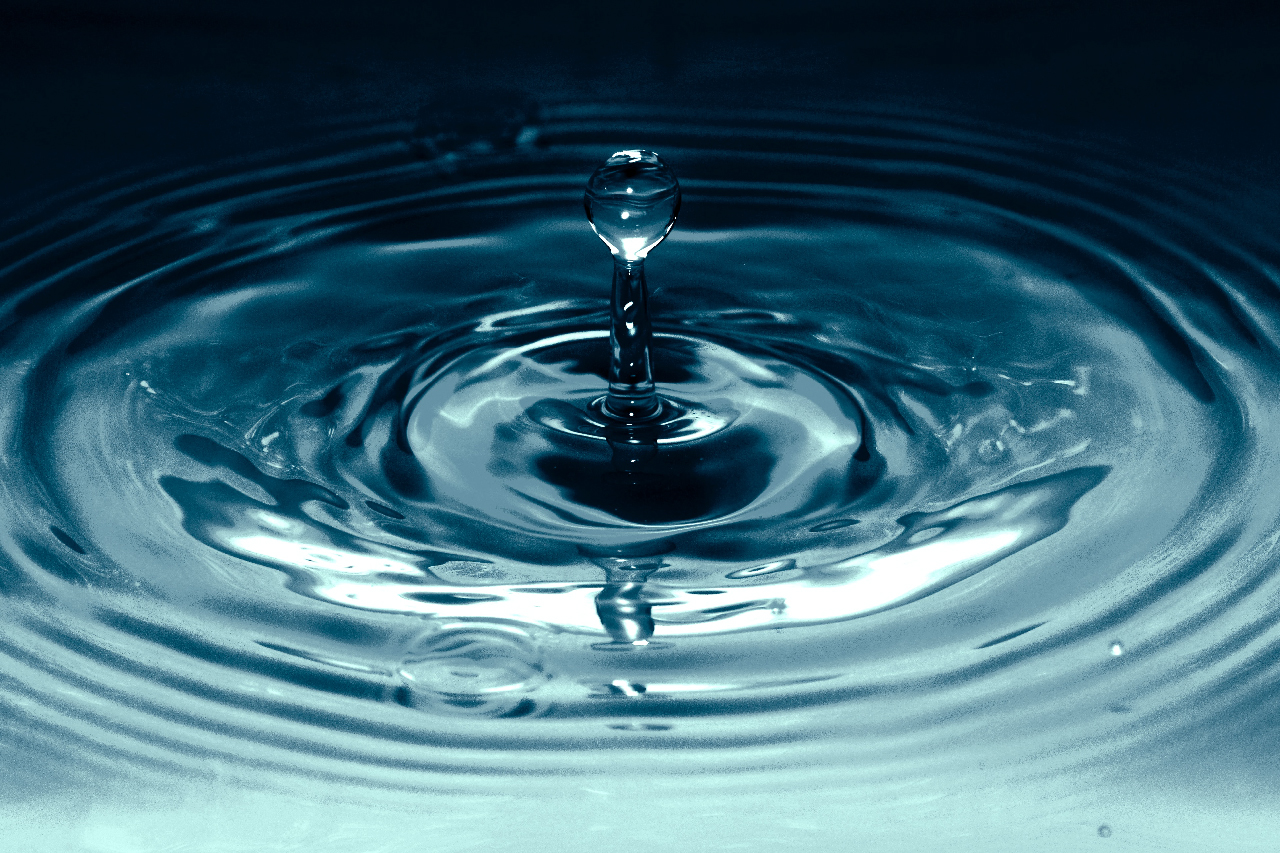22 March being World Water Day, it’s essential to recognise the significance of water efficiency in the built environment. Despite being one of our planet’s most precious resources, it remains one of the scarcest.
According to the United Nations, approximately 2.2 billion people lack access to safe drinking water, and by 2025, nearly two-thirds of the global population could be living in water-stressed conditions.1
Water scarcity and how it impacts the built environment
This scarcity significantly impacts the built environment, specifically in connected factories, commercial real estate, and data centres. Water is a critical component in producing everything from textiles to automobile manufacturing. Improper management leads to substantial wastage. According to a Pacific Institute report, manufacturing accounts for 22% of global water usage. And from ineffective production processes, up to 50% of that water is wasted.2
Similarly, commercial real estate also faces challenges in managing its resources. Much of the water usage in commercial buildings is unnecessary, with up to 30% of water wasted due to inefficient plumbing fixtures, leaks, and other issues.3
A Water UK study shows that the country alone consumes approximately 142 litres of water per capita each day.5 Research estimates state 25% of the water in the UK’s water system is lost due to leaks – just one dripping tap can waste around 5,500 litres of water a year.6 The UK construction industry can save 691 million litres per day of water by 2030 if proper measures are implemented.5
While not typically considered large water consumers, data centres increasingly rely on this resource, which should be regarded as liquid gold in an era of mounting climate crises. They require vast amounts of water for cooling purposes, with some centres using up to 360,000 gallons of water daily.4 Improper management can lead to significant environmental impacts, including a higher carbon footprint from increased energy usage.
Technology: the pathway to improved water efficiency
In addition to the obvious environmental benefits, reducing water usage directly impacts the bottom line. The good news is that climate tech is making it easier than ever to improve water management across all industries.
Technology which focuses on sustainability and has the means, access and ability—is a game-changer. While connected sensors can monitor water consumption in real time, allowing for rapid identification and repair of leaks or other issues, smart irrigation systems can help reduce water usage in landscaping and other outdoor areas.
In manufacturing, organisations can use recycling systems to recover and reuse water from production processes — an approach that can also be applied to data centres via their cooling functions. This significantly reduces energy usage required for treatment, reducing the volume of greenhouse gas emissions released into the atmosphere.
Water efficiency remains a critical issue in the sustainability of our planet and the built environment. Though the benefits of technology like Ecolibrium’s SmartSense™ go beyond just this one matter. Implementing these systems and platforms can help organisations progress towards Carbon Net Zero and meet their ESG goals, thus, creating a harmonious balance between people, the planet and profit.
This #WorldWaterDay, we must recognise the challenges we face in managing this valuable resource. By embracing machine-learning technology and implementing water-efficient systems in the built environment, we indeed have a fighting chance.
Bibliography
1Editorial Staff, 2023. Water Action Decade. United Nations. [online] https://www.un.org/en/global-issues/water
2Editorial Staff, 2023. Advancing Water Resilience. Pacific Institute [online] https://pacinst.org/
3Editorial Staff, 2023. WaterSense. Environmental Protection Agency. [online] https://www.epa.gov/watersense/types-facilities
4Kassner, M., 2015. Do data centers drink too much? Data Center Dynamics. [online] https://www.datacenterdynamics.com/en/analysis/do-data-centers-drink-too-much/
5Vallance-Poole C., 2022. What is ‘Water Neutrality’ in new construction developments in the UK? Graf UK[online] https://www.grafuk.co.uk/what-is-water-neutrality-in-new-construction-developments-in-the-uk/
6Editorial Staff, 2019. CPD 22 2019: Saving water and energy. Building Design [online] https://www.bdonline.co.uk/cpd/cpd-22-2019-saving-water-and-energy/5102898.article

